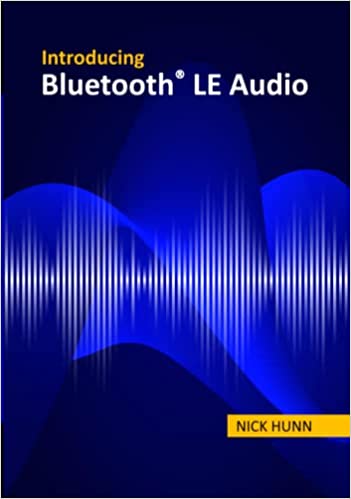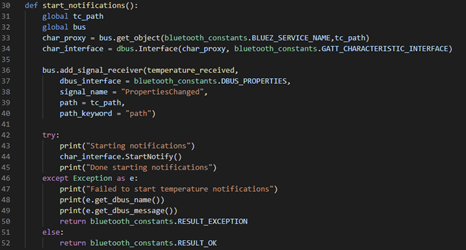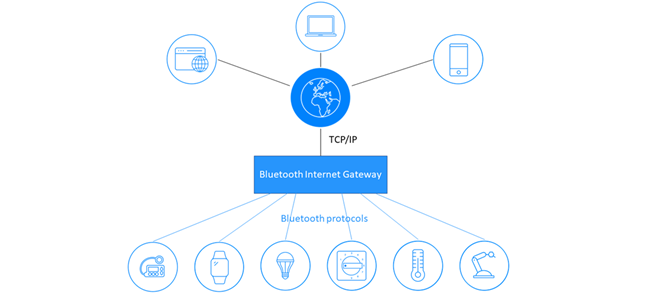If you had an opportunity to attend CES in January, you undoubtedly saw some cool innovations, whether it was the LG rollup tv, BUDDY — the companion robot, self-driving cars, or a virtual/augmented reality experience.
Throughout the years, so many next-generation products have launched at CES — products that have helped shape culture, change lives, and establish new markets. What you might not realize is how many of these products are powered by Bluetooth® technology. Whether it’s a smart toothbrush that syncs with your phone and helps improve your brushing technique; smart running shoes that track your speed, pace, and cadence; or headphones with smart voice coaching to keep you motivated and on target to meet your fitness goals, Bluetooth technology is an integral part of most new consumer electronics.
“If you were to take a floorplan from CES 2018, and place a blue dot over every booth that’s showcasing a Bluetooth product, the floorplan would be covered in blue,” said Chuck Sabin, Bluetooth Special Interest Group (SIG) Senior Director of Business Strategy and Planning.

Why Everyone is Choosing Blue
According to ABI research, 100 percent of phones, tablets, and laptops shipped in 2018 will include Bluetooth technology. And because Bluetooth® capabilities come standard with the most-used consumer devices, you know that any speaker, health and wellness device, in-car infotainment system, or smart home technology you develop will be supported by the built-in interoperability of any smartphone, tablet, or laptop. This standard of interoperability ensures your innovations will be compatible with consumer devices now and in the future.
“We integrate Bluetooth into our devices because it’s easy, everybody knows it, and they understand it right away,” said Pam Ginocchio, co-founder of Project Nursery. “It’s almost an expectation and is definitely an added value.”
Bluetooth technology not only ensures interoperability with an extensive range of personal and enterprise-grade devices, but it is also a trusted brand with more than 90% global awareness. Knowing a product includes Bluetooth capabilities can positively impact purchasing decisions, since it guarantees greater usability.
“The industry is just moving towards usability,” said Jeff Woodard, VP of new business development for Glow Labs. “It’s no longer the nerd who’s going to spend thousands of dollars on high-tech devices…it’s the homemaker who buys the connected oven with automated recipes and other fun devices that are simple to connect, intuitive, and just work right away. Everything is getting more usable.”
“We integrate Bluetooth into our devices because it’s easy, everybody knows it, and they understand it right away.”
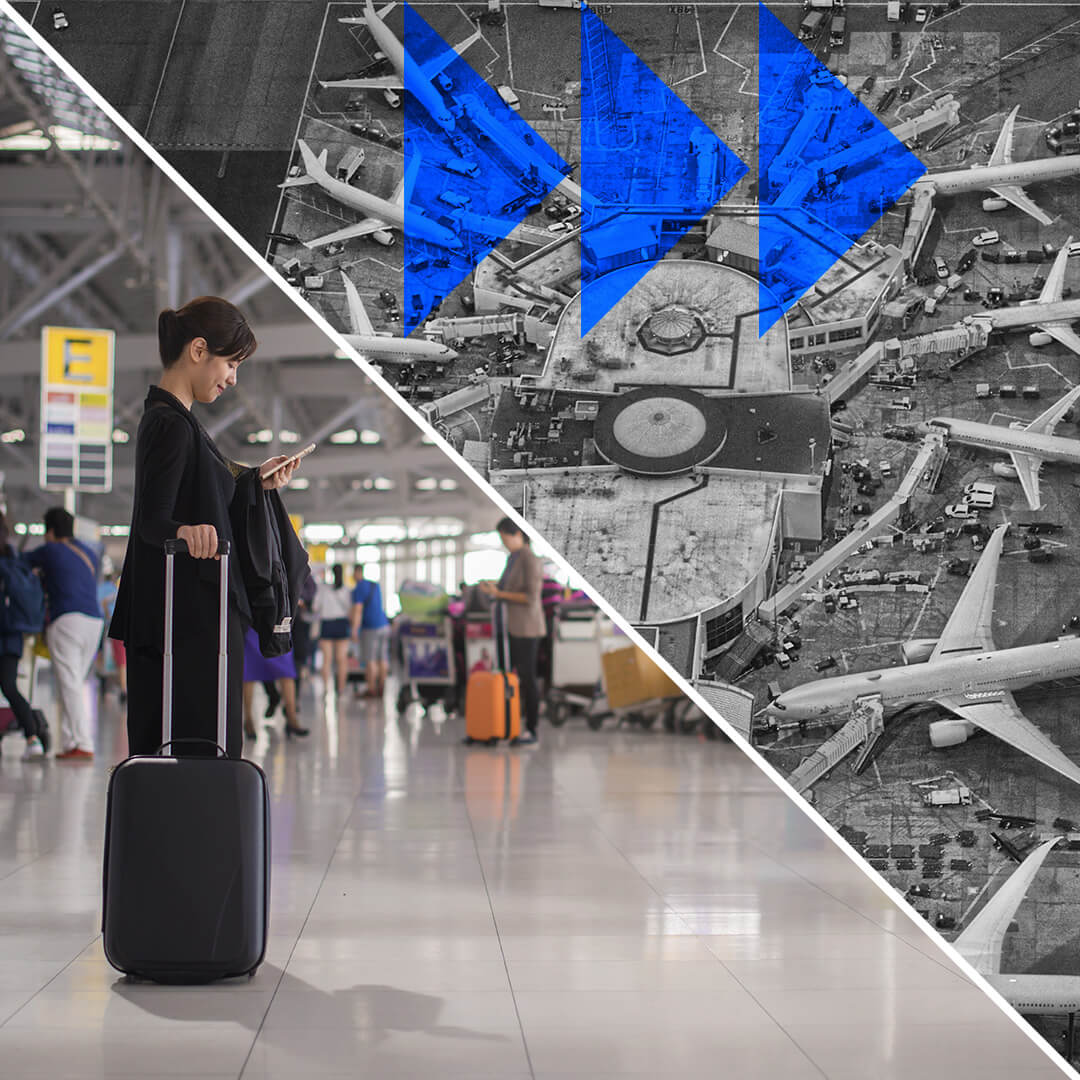
The Future is Blue
Audio streaming, wearables, and smartphones and tablets are a given for Bluetooth technology. However, if that’s the extent of your Bluetooth® awareness, you’re missing out.
“Bluetooth audio is very well established, but I think in the future we’ll see a lot more connected devices,” said Jean-Samuel Chenard, president of Motsai. “Because of the ubiquity and availability of your smartphone and your interactions with the device, you can basically incorporate a lot of Bluetooth systems and interact with them as needed.”
From smart homes to smart cities, Bluetooth technology is helping to power the Internet of Things (IoT), making home automation and smart building management a reality. Bluetooth Mesh provides the wireless connectivity platform that enables automatic smart home control of lights, thermostats, smoke detectors, cameras, door bells, locks, and more. “I see there’s going to be a big gain in traction for Bluetooth Mesh, so you can have multiple sensors that are connected,” said Chenard. “We can see it in home monitoring where you can monitor door opening and closing.”
Bluetooth Mesh also supports automatic, centralized control of a building’s essential systems, including heating, ventilation, and air conditioning (HVAC); lighting; and security. Plus, Bluetooth technology powers building-wide networks of sensors and beacons that enable indoor positioning and location services like way finding, asset tracking, and point-of-interest solutions. A recent study by proximity.directory concluded that by 2019, 84 percent of airports, 93 percent of MLB stadiums, and 73 percent of NFL stadiums will be using beacons to improve the visitor experience.
“The Bluetooth community continues to grow and extend as the technology enhances its specification in order to retain its prominent position in future markets including the IoT.”
“Over the last 20 years, Bluetooth has been pivotal in enabling compelling customer experiences. It has been one of the key technologies underpinning the consumer wireless revolution,” said Stuart Carlaw, Chief Research Officer at ABI Research. “The Bluetooth community continues to grow and extend as the technology enhances its specification in order to retain its prominent position in future markets including the IoT.”
A Community of Blue
Whether you’re streaming audio, transferring data, broadcasting information, or creating a network of devices, Bluetooth® technology is the global standard for connection. It provides a secure way for devices to connect, and — thanks to the tireless efforts and groundbreaking innovations created by our member companies — it’s been doing so for more than 20 years.
“The Bluetooth community continues to grow and extend as the technology enhances its specification in order to retain its prominent position in future markets including the IoT.”
“When people think of Bluetooth, most of the time they are thinking of Bluetooth technology,” said Mark Powell, executive director of the Bluetooth SIG. “But Bluetooth is also a community. An incredible community of member companies that are driving innovation, creating markets, and delivering life changing value to people around the world.”
It’s important to select the right technology to power your innovations, and the Bluetooth SIG has a long history of delivering the tools and processes that ensure true, multi-vendor interoperability. With an estimated four billion Bluetooth enabled products forecasted to ship in 2018 — whether it’s for home audio, smart lighting, or building automation — developing with Bluetooth technology just makes sense.
“The big thing for our customers is Bluetooth,” said Ginocchio. “Incorporating Bluetooth technology is a big differentiator for us in the market.”
![]()
FEATURED INFOGRAPHIC
Build a Smarter Building With Blue
See new data on how building with blue can increase reliability, reduce costs, and enhance the ROI of smart building solutions.


![Forbes Predictions article 72 dpi 1300 x 680 px 768x402[1]](https://www.bluetooth.com/wp-content/uploads/2024/04/Forbes-Predictions-article-72-dpi-1300-x-680-px-768x4021-1-660x345.png)




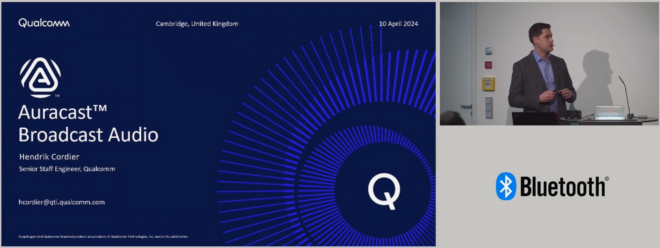


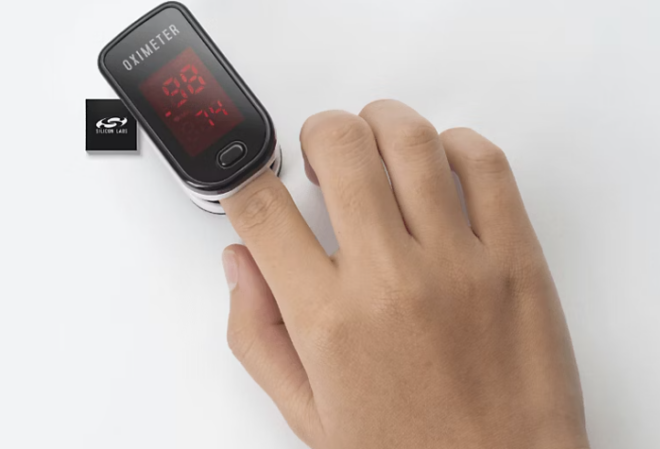


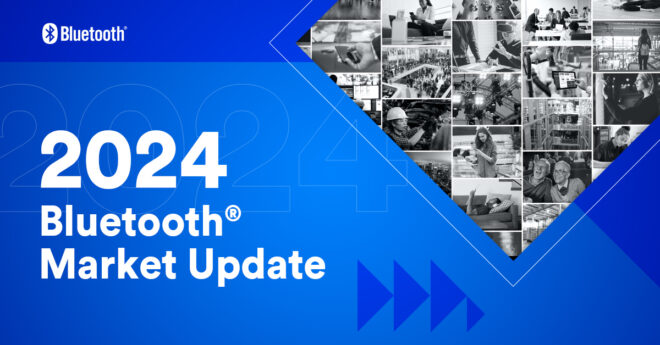
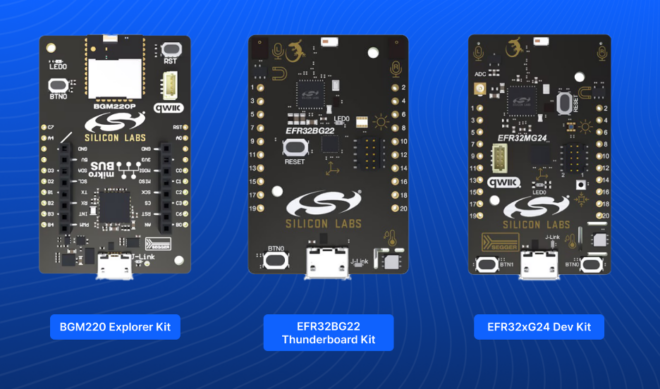

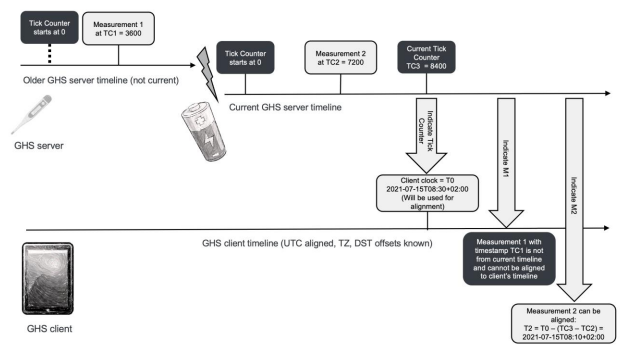
![ABI Growth Chart.png 815076338[1]](https://www.bluetooth.com/wp-content/uploads/2024/03/ABI_Growth_Chart.png_8150763381-660x384.png)

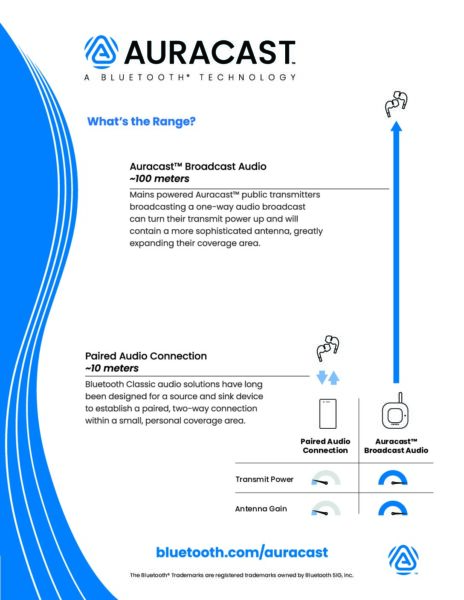
![2312 CES Handout Images FINAL existing pdf 464x600[1]](https://www.bluetooth.com/wp-content/uploads/2024/01/2312_CES_Handout-Images_FINAL-existing-pdf-464x6001-1.jpg)
![2312 CES Handout Images FINAL unlimited pdf 464x600[1]](https://www.bluetooth.com/wp-content/uploads/2024/01/2312_CES_Handout-Images_FINAL-unlimited-pdf-464x6001-1.jpg)



